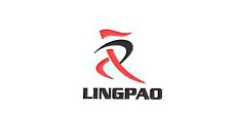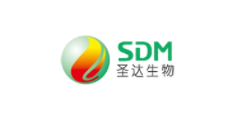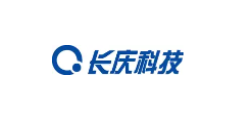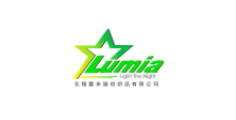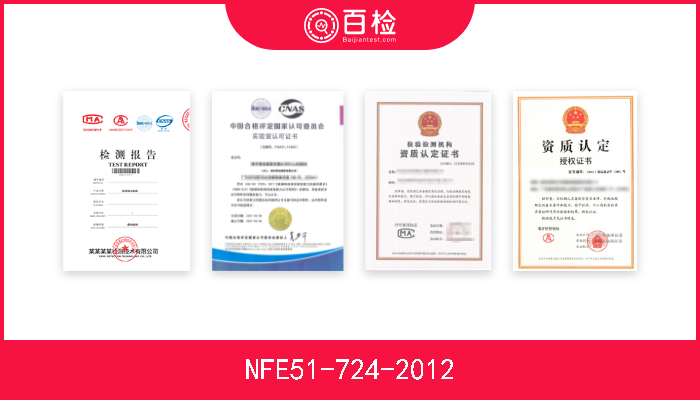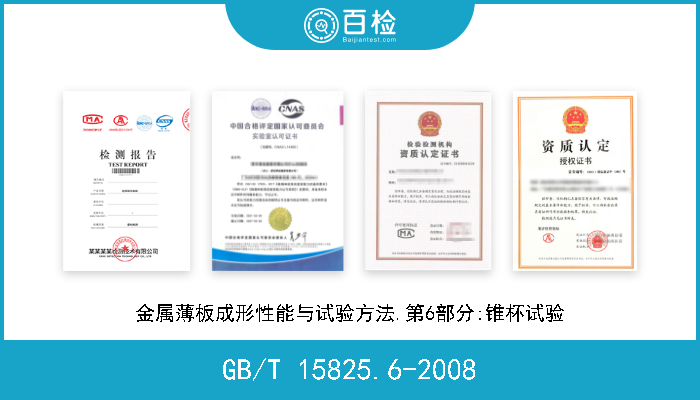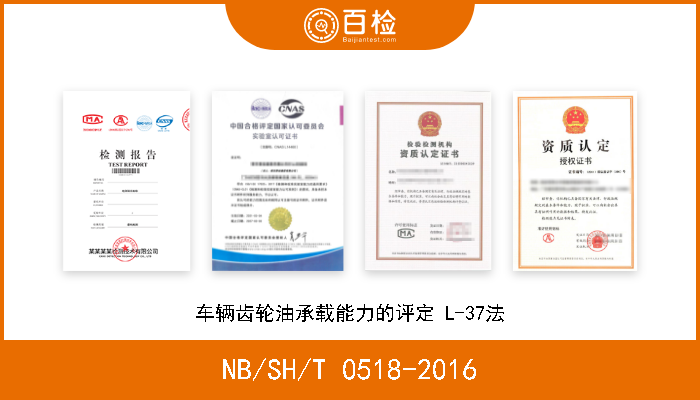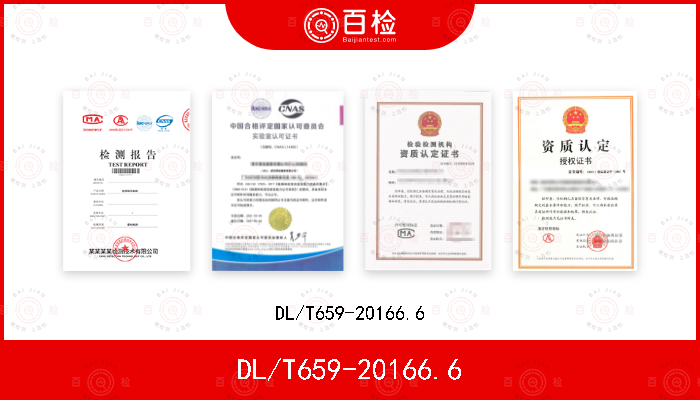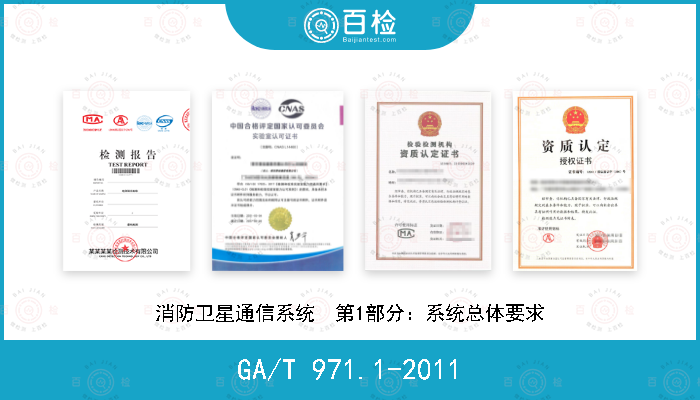BS EN 15243-2007 建筑物通风.房间带有空调设备的建筑物载荷、能量和房间温度的计算
百检网 2021-07-15
标准号:BS EN 15243-2007
中文标准名称:建筑物通风.房间带有空调设备的建筑物载荷、能量和房间温度的计算
英文标准名称:Ventilation for buildings - Calculation of room temperatures and of load and energy for buildings with room conditioning systems
标准类型:P48
发布日期:2008/7/31 12:00:00
实施日期:2008/7/31 12:00:00
中国标准分类号:P48
国际标准分类号:91.140.30
引用标准:EN 13779;EN 15026;EN 15241;EN 15242-2007;EN 15251;EN 15255-2007;EN 15316-2-1;EN 15377-3;prEN ISO 13790;EN ISO 13792;prEN ISO 15927-2;EN ISO 15927-4
适用范围:The scope of this European Standard is: To define the procedure how the calculation methods to determine the temperatures, sensibleloads and energy demands for the rooms shall be used in the design process. To describe the calculation methods to determine the latent room cooling and heating load, thebuilding heating, cooling, humidification and dehumidification loads and the system heating,cooling, humidification and dehumidification loads. To define the general approach for the calculation of the overall energy performance of buildingswith room conditioning systems. To describe one or more simplified calculation methods for the system energy requirements ofspecific system types, based on the building energy demand result from prEN ISO 13790, and todefine their field of application.A general framework standard is given which imposes an hourly calculation for all cases which cannotbe covered by simplified methods, and gives requirements on what has to be taken into account.Input and output data are defined.The target audience of this standard is twofold: Designers of HVAC systems, which are given an overview of the design process with the relevantreferences to the different involved standards (Clauses 5 to 12). Developers of regulations and tools, which find requirements for calculation procedures to beused for the energy requirements according to the EPBD (Clauses 13 and 14).The idea followed by this standard is, that for the detailed approach one single calculation method isused for the different room related purposes such as room temperature calculation, room cooling andheating load calculation, and room energy calculation. This means, for the building type envisaged(buildings with room conditioning systems) it is an alternative to simplified calculation methods suchas heating load according to EN 12831 and heating energy according to prEN ISO 13790. Thisstandard does not describe any detailed methods for the sensible room based calculations. For this itrefers to the relevant standards EN ISO 13791, EN ISO 13792, EN 15255 and EN 15265.This standard specifies simplified methods and describes the necessary functionality of methods forthe calculation of standardized annual energy consumption by systems providing temperature control,mechanical ventilation and humidity control in existing and new buildings. For brevity, these aredescribed as HVAC systems. These systems may provide any or all of these services, includingheating, cooling, air filtration, humidification or dehumidification. For the air side calculations of airbased systems it refers to EN 15241. Systems providing heating but no other services are covered byEN 15316. These boundaries are, however, not kept strictly in the informative annexes, becausesome of the shown example calculations follow a holistic approach and this separation is therefore notalways possible.The standard specifically relates to demand calculations needed for Energy Performance Rating inconnection with the Energy Performance of Buildings Directive.These installations may include: Emission, distribution, storage and generation for cooling. Emission, distribution and heat exchanger for heating if these functions are performed using anair conditioning system; all heating functions performed by direct heating or using water as a heattransport medium are treated in other standards.The calculation of cooling and heating energy demand within buildings is dealt with by prEN ISO13790 and is a required input. This standard only addresses these issues to the extent that HVACsystems have an influence on the loads.The boundaries and relations between the covered areas are shown in Figure 1.
中文标准名称:建筑物通风.房间带有空调设备的建筑物载荷、能量和房间温度的计算
英文标准名称:Ventilation for buildings - Calculation of room temperatures and of load and energy for buildings with room conditioning systems
标准类型:P48
发布日期:2008/7/31 12:00:00
实施日期:2008/7/31 12:00:00
中国标准分类号:P48
国际标准分类号:91.140.30
引用标准:EN 13779;EN 15026;EN 15241;EN 15242-2007;EN 15251;EN 15255-2007;EN 15316-2-1;EN 15377-3;prEN ISO 13790;EN ISO 13792;prEN ISO 15927-2;EN ISO 15927-4
适用范围:The scope of this European Standard is: To define the procedure how the calculation methods to determine the temperatures, sensibleloads and energy demands for the rooms shall be used in the design process. To describe the calculation methods to determine the latent room cooling and heating load, thebuilding heating, cooling, humidification and dehumidification loads and the system heating,cooling, humidification and dehumidification loads. To define the general approach for the calculation of the overall energy performance of buildingswith room conditioning systems. To describe one or more simplified calculation methods for the system energy requirements ofspecific system types, based on the building energy demand result from prEN ISO 13790, and todefine their field of application.A general framework standard is given which imposes an hourly calculation for all cases which cannotbe covered by simplified methods, and gives requirements on what has to be taken into account.Input and output data are defined.The target audience of this standard is twofold: Designers of HVAC systems, which are given an overview of the design process with the relevantreferences to the different involved standards (Clauses 5 to 12). Developers of regulations and tools, which find requirements for calculation procedures to beused for the energy requirements according to the EPBD (Clauses 13 and 14).The idea followed by this standard is, that for the detailed approach one single calculation method isused for the different room related purposes such as room temperature calculation, room cooling andheating load calculation, and room energy calculation. This means, for the building type envisaged(buildings with room conditioning systems) it is an alternative to simplified calculation methods suchas heating load according to EN 12831 and heating energy according to prEN ISO 13790. Thisstandard does not describe any detailed methods for the sensible room based calculations. For this itrefers to the relevant standards EN ISO 13791, EN ISO 13792, EN 15255 and EN 15265.This standard specifies simplified methods and describes the necessary functionality of methods forthe calculation of standardized annual energy consumption by systems providing temperature control,mechanical ventilation and humidity control in existing and new buildings. For brevity, these aredescribed as HVAC systems. These systems may provide any or all of these services, includingheating, cooling, air filtration, humidification or dehumidification. For the air side calculations of airbased systems it refers to EN 15241. Systems providing heating but no other services are covered byEN 15316. These boundaries are, however, not kept strictly in the informative annexes, becausesome of the shown example calculations follow a holistic approach and this separation is therefore notalways possible.The standard specifically relates to demand calculations needed for Energy Performance Rating inconnection with the Energy Performance of Buildings Directive.These installations may include: Emission, distribution, storage and generation for cooling. Emission, distribution and heat exchanger for heating if these functions are performed using anair conditioning system; all heating functions performed by direct heating or using water as a heattransport medium are treated in other standards.The calculation of cooling and heating energy demand within buildings is dealt with by prEN ISO13790 and is a required input. This standard only addresses these issues to the extent that HVACsystems have an influence on the loads.The boundaries and relations between the covered areas are shown in Figure 1.
百检能给您带来哪些改变?
1、检测行业全覆盖,满足不同的检测;
2、实验室全覆盖,就近分配本地化检测;
3、工程师一对一服务,让检测更精准;
4、免费初检,初检不收取检测费用;
5、自助下单 快递免费上门取样;
6、周期短,费用低,服务周到;
7、拥有CMA、CNAS、CAL等权威资质;
8、检测报告权威有效、中国通用;
客户案例展示
版权与免责声明
①本网注名来源于“互联网”的所有作品,版权归原作者或者来源机构所有,如果有涉及作品内容、版权等问题,请在作品发表之日起一个月内与本网联系,联系邮箱service@baijiantest.com,否则视为默认百检网有权进行转载。
②本网注名来源于“百检网”的所有作品,版权归百检网所有,未经本网授权不得转载、摘编或利用其它方式使用。想要转载本网作品,请联系:service@baijiantest.com。已获本网授权的作品,应在授权范围内使用,并注明"来源:百检网"。违者本网将追究相关法律责任。
③本网所载作品仅代表作者独立观点,不代表百检立场,用户需作出独立判断,如有异议或投诉,请联系service@baijiantest.com
最新资讯

